Why Smoke Damage Restoration Must Address Residual Toxins in Air and Surfaces
When a fire occurs, its immediate destruction is only part of the problem. Lingering smoke damage, often invisible, leaves behind a variety of toxins that settle on surfaces and pollute indoor air, posing serious health risks over time. Addressing these toxins during smoke damage restoration isn’t just about cleaning up visible soot; it’s about creating a safe, healthy environment. Let’s explore why smoke damage restoration must include the thorough removal of residual toxins from both indoor air and surfaces.
How Does Smoke Damage Restoration Remove Toxins From Indoor Air And Surfaces?
Smoke damage restoration professionals use advanced methods to remove toxins that permeate a building’s interior. Here’s how the process typically works:
- Air Filtration and Scrubbing: Specialized air scrubbers equipped with HEPA filters are essential for removing airborne particles and toxins. These filters capture even the smallest particles, which standard cleaning devices can’t, effectively reducing pollutants that would otherwise circulate indoors.
- Surface Cleaning and Decontamination: Smoke particles settle on walls, floors, ceilings, and furniture, leaving behind a toxic residue. Professional restoration teams use powerful cleaning solutions and specialized techniques to neutralize these contaminants. By addressing every surface, including overlooked areas like behind appliances or inside air vents, they ensure that no toxic residue remains.
- HVAC System Cleaning: Smoke particles often enter HVAC systems, where they can recirculate harmful toxins throughout the building. Restoration professionals clean and sanitize HVAC systems to prevent ongoing contamination, effectively restoring indoor air quality and preventing recontamination.
- Odor Removal: Smoke odors often signal lingering toxins in the air. Restoration experts use ozone treatments and thermal fogging to neutralize these odors at a molecular level, ensuring that indoor air is not only odor-free but also free from harmful residual chemicals.
By employing these specialized techniques, smoke damage restoration goes beyond surface-level cleaning, providing a comprehensive approach to restoring both the air and surfaces to a safe, toxin-free state.
What Types Of Toxins Are Left Behind After Smoke Damage?
Smoke residue is more than just soot or ash—it’s filled with a range of harmful chemicals that result from burning different materials. Some of the most common toxins left behind after smoke damage include:
- Volatile Organic Compounds (VOCs): VOCs are hazardous chemicals released when synthetic materials, like plastics or paints, burn. These compounds can cause headaches, respiratory issues, and other health problems when inhaled over time.
- Polycyclic Aromatic Hydrocarbons (PAHs): PAHs are carcinogenic compounds that form when organic materials, such as wood or coal, are burned incompletely. These chemicals are especially harmful because they can cling to surfaces and become airborne, putting occupants at risk for chronic respiratory illnesses and even cancer with long-term exposure.
- Acrolein: Acrolein is a toxic aldehyde that irritates the eyes, nose, and respiratory tract. It’s commonly found in smoke residue and can linger in the air and on surfaces, posing health risks to anyone in close contact.
- Heavy Metals: Metals like lead, mercury, and cadmium may be present in smoke residue, particularly if electronics or treated wood were burned. These metals can contaminate surfaces and, if inhaled or ingested, cause a range of severe health issues, including neurological damage.
Understanding the types of toxins present highlights the importance of a thorough restoration process. Only with proper remediation can these harmful residues be effectively removed, ensuring the safety of the home or building.
Why Is It Important To Address Toxins In Smoke Damage Restoration?
Leaving smoke toxins untreated can lead to significant health risks and structural issues. Here’s why addressing these toxins should be a priority in any smoke damage restoration process:
- Health Protection: Toxins like VOCs, PAHs, and heavy metals are hazardous to human health, especially for young children, elderly individuals, and those with respiratory conditions. Immediate removal minimizes exposure and reduces the risk of chronic health problems related to inhaling or touching contaminated surfaces.
- Preventing Secondary Contamination: Toxins trapped in HVAC systems, carpets, and soft furnishings can easily be re-released into the air, creating a cycle of contamination. Professional restoration breaks this cycle, ensuring that toxins aren’t continually recirculated through the air or spread to other areas of the building.
- Property Preservation: Smoke toxins can corrode surfaces, weaken building materials, and damage furniture over time. Effective restoration not only cleans these surfaces but also protects against further structural damage. Investing in comprehensive restoration can extend the life of your property and prevent costly repairs down the road.
- Ensuring Safe Re-occupancy: No one should return to a space with lingering smoke toxins. Proper restoration creates a safe environment for all occupants, giving peace of mind that the air they’re breathing and the surfaces they’re touching are free from harmful contaminants.
Addressing toxins during smoke damage restoration isn’t optional—it’s essential for the long-term health and safety of both the occupants and the property itself.
Can Residual Smoke Toxins Affect Indoor Air Quality Long-term?
Yes, residual smoke toxins can compromise indoor air quality for years if not treated properly. Here’s how untreated smoke toxins affect air quality over the long term:
- Persistent Airborne Particles: Smoke particles are microscopic and can remain airborne long after a fire is extinguished. These particles can irritate the lungs and exacerbate respiratory conditions like asthma. Without professional air filtration, these pollutants continue to circulate, impacting indoor air quality indefinitely.
- Off-gassing: Some toxins, especially VOCs, can off-gas from surfaces over time, meaning they release harmful chemicals into the air long after the fire. This ongoing release of toxins can affect air quality and pose ongoing health risks to anyone spending extended time in the space.
- HVAC System Contamination: If smoke particles enter the HVAC system, they will be circulated through the air whenever heating or cooling is used. This not only spreads toxins but also shortens the life of the HVAC system itself, as these particles can cause buildup and damage to internal components.
- Lingering Odors as Indicators: The smell of smoke often indicates that toxins remain present. A fresh-smelling room doesn’t always mean it’s free of contaminants, but lingering odors almost always signal that harmful particles remain. These odors can cause headaches, nausea, and other health symptoms, especially for those sensitive to air quality.
For these reasons, effective smoke damage restoration is critical to ensuring long-term indoor air quality. By fully removing residual toxins, homeowners can create a clean, safe environment that supports the health and comfort of everyone in the home.
Protecting Health and Property with Thorough Smoke Damage Restoration
Smoke damage goes far beyond visual staining or odor—it introduces an array of dangerous toxins that can persist in the air and on surfaces, jeopardizing health and property if not addressed. Professional smoke damage restoration tackles these toxins comprehensively, using advanced tools and techniques to clean and decontaminate both the air and surfaces within the building.
Taking quick action after smoke damage is essential to protecting indoor air quality and preserving the structure of the property. By choosing smoke damage restoration that addresses residual toxins, homeowners not only invest in the longevity of their property but also in the long-term health of their family. When it comes to smoke damage, a thorough approach is the best assurance of a safe and healthy living space.
Why United Water Restoration Group of Charlotte Is the Right Choice for Comprehensive Smoke Damage Restoration
At United Water Restoration Group of Charlotte, we understand the hidden dangers that smoke damage can leave behind in your home. Our experienced team is equipped with the latest technology and techniques to address every aspect of smoke damage, going beyond just surface cleaning to create a healthier living environment.
- Advanced Air Purification: We use state-of-the-art air scrubbers and HEPA filters to remove even the smallest particles from the air, ensuring that harmful toxins and irritants are fully eliminated. This process helps restore air quality to safe levels, giving you peace of mind and reducing health risks for your family.
- Complete Surface Decontamination: Our professionals meticulously clean all surfaces, including hard-to-reach areas, to eradicate smoke residue, toxins, and odors that linger after a fire. By thoroughly decontaminating walls, furniture, and even ductwork, we eliminate pollutants that could otherwise jeopardize your health.
- Customized Restoration Plans: Every home and situation is unique, and we create tailored plans to address the specific needs of your property. From assessing damage to providing transparent cost estimates, our goal is to make the restoration process smooth, efficient, and stress-free.
Choose United Water Restoration Group of Charlotte to ensure your home is restored to a safe, toxin-free environment. Contact us today for a comprehensive assessment and take the first step toward a healthier home.
Take the First Step to a Healthier, Safer Home – Contact United Water Restoration Group of Charlotte Today!
Don’t let lingering smoke damage compromise the safety and well-being of your family. United Water Restoration Group of Charlotte is here to provide thorough, expert restoration services that eliminate toxins and restore peace of mind. Reach out today to schedule your comprehensive assessment and reclaim a clean, safe, and comfortable home environment.
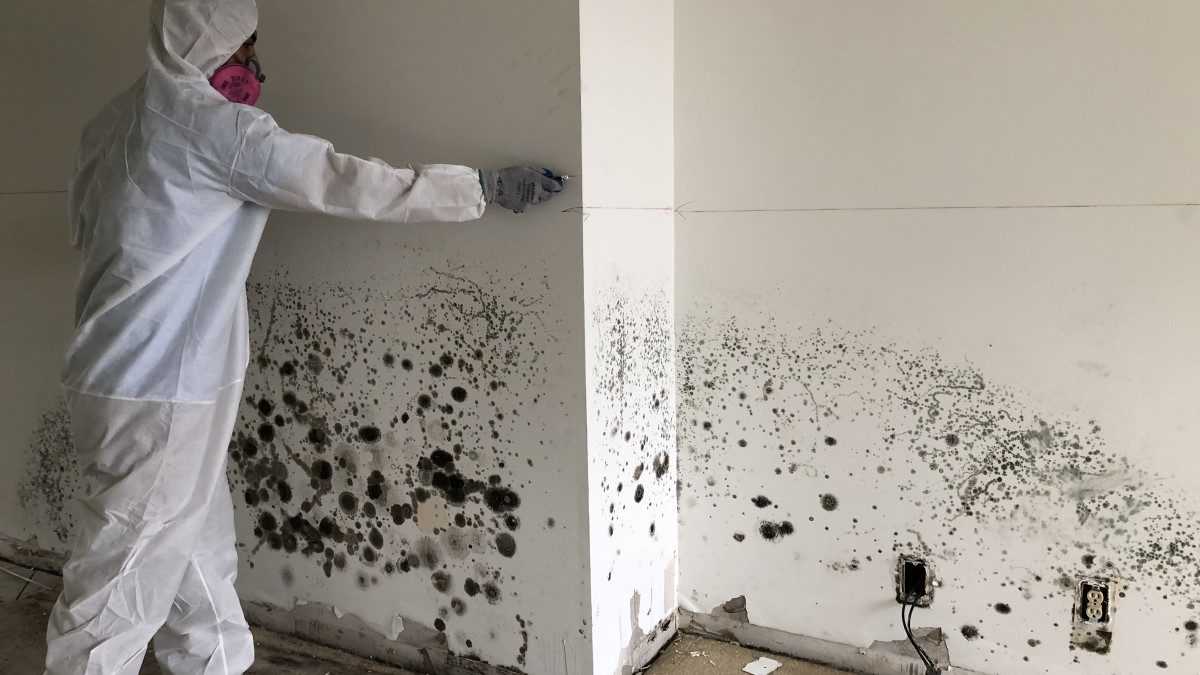
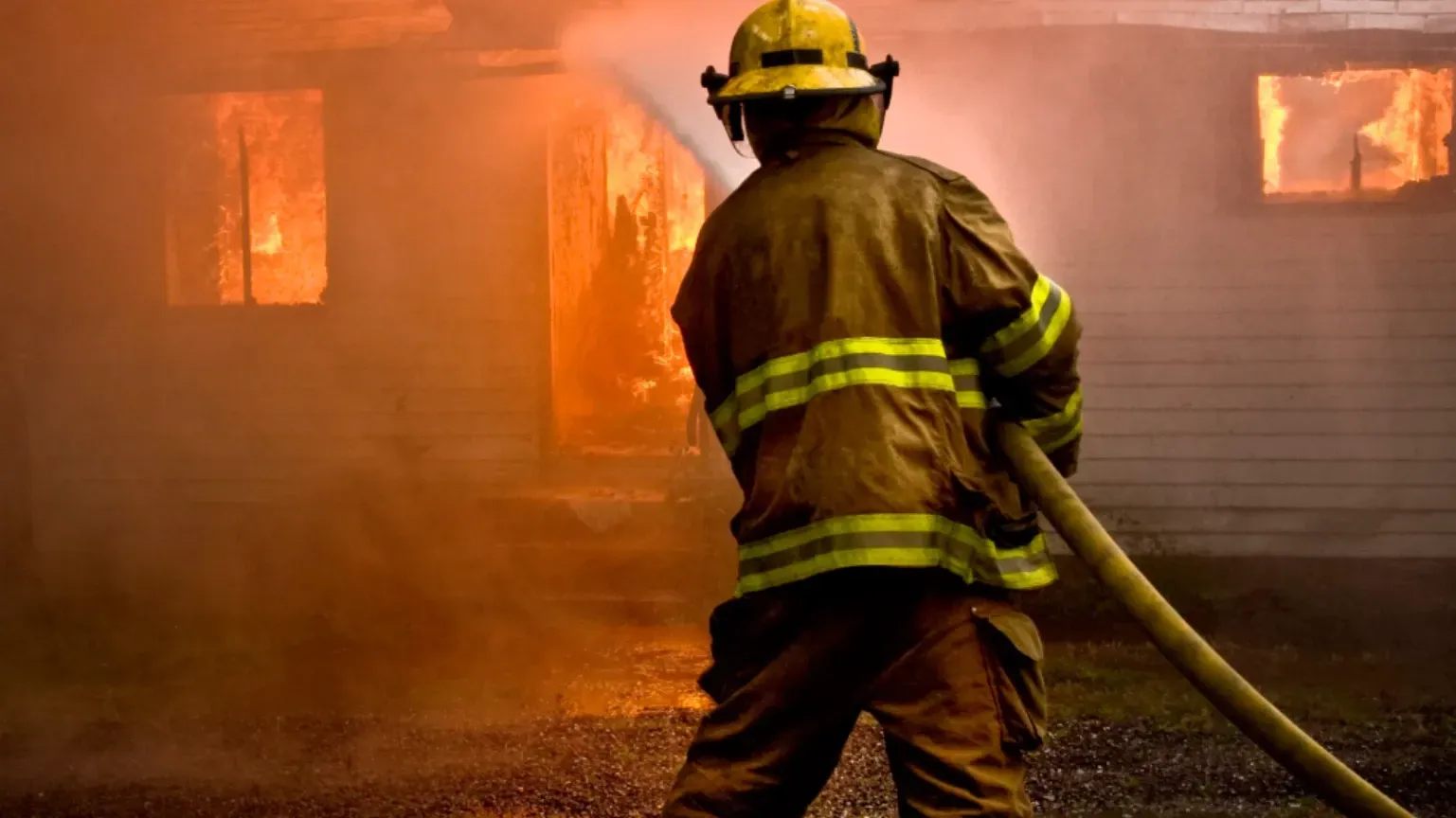



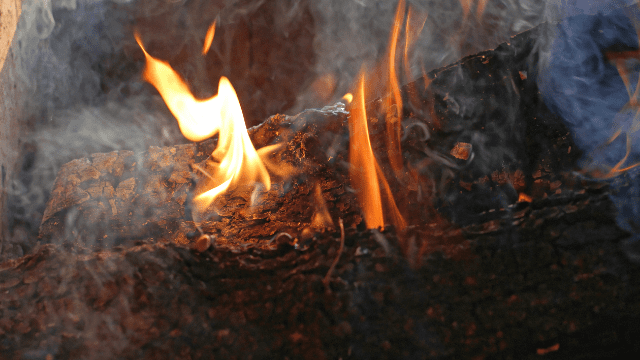

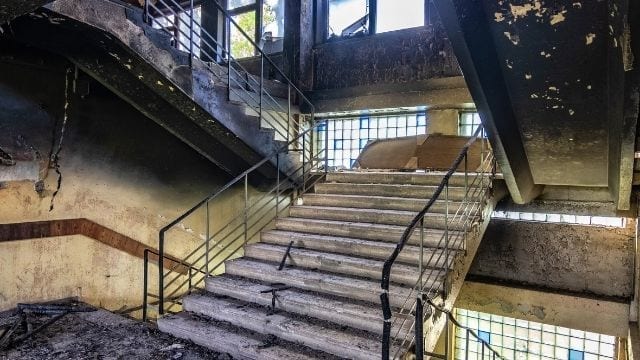


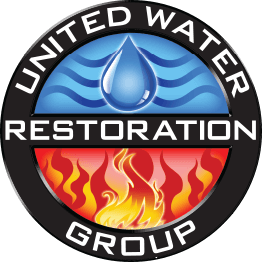
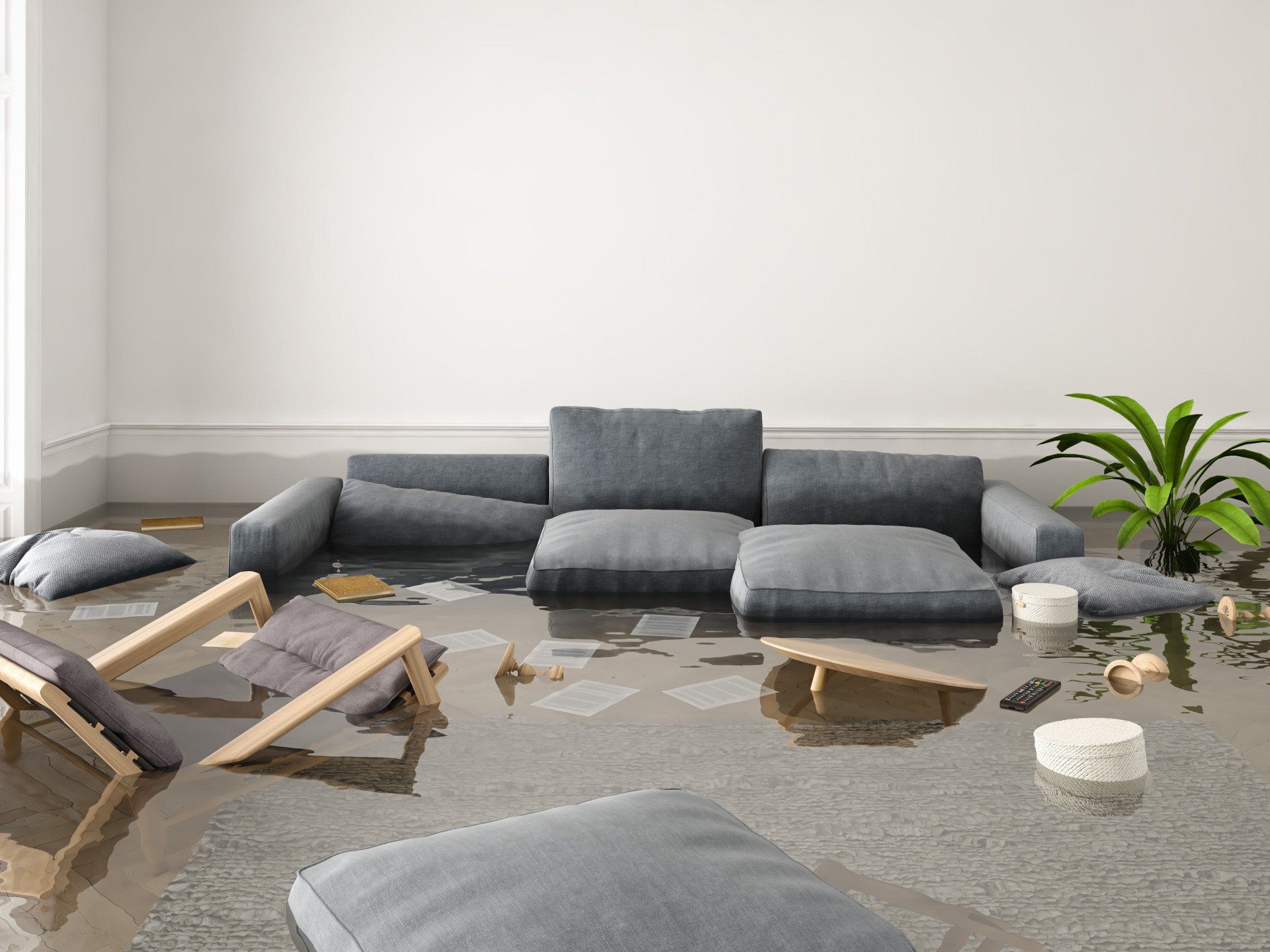
Share On: